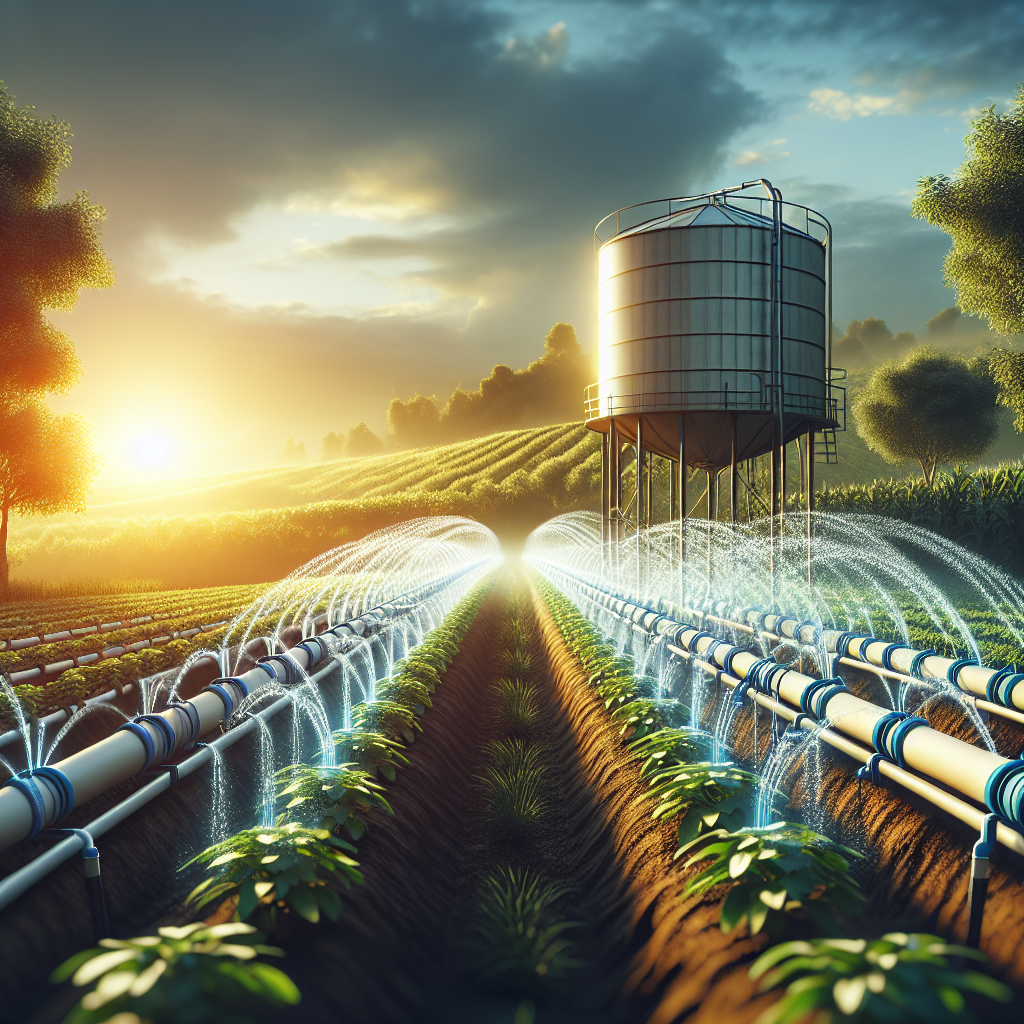Irrigation is a crucial component of agriculture, ensuring that crops receive the necessary amount of water to grow and thrive. One method of irrigation that has gained popularity in recent years is slow drip irrigation. This technique is based on the principles of soil science and plant physiology, aiming to deliver water directly to the root zone of plants at a slow and steady rate.
Slow drip irrigation works by slowly releasing water through a network of tubes or pipes directly to the base of plants. This controlled delivery system ensures that water is efficiently absorbed by the soil, reducing evaporation and runoff. By delivering water slowly and consistently, slow drip irrigation helps prevent water wastage and promotes deeper root growth.
The science behind slow drip irrigation lies in understanding the relationship between soil moisture, plant roots, and water uptake. Soil moisture plays a critical role in plant growth, as it affects nutrient uptake, root development, and overall plant health. When soil becomes too dry or too wet, it can hinder plant growth and productivity.
By delivering water directly to the root zone at a slow pace, slow drip irrigation allows plants to absorb moisture more efficiently. This method mimics natural rainfall patterns, where water slowly seeps into the soil and is readily available for plant uptake. Additionally, slow drip irrigation reduces the risk of overwatering or underwatering plants, as water is delivered in small doses over an extended period.
One of the key benefits of slow drip irrigation is its ability to conserve water. Unlike traditional overhead sprinklers or flood irrigation systems that can lead to significant water loss through evaporation or runoff, slow drip irrigation delivers water directly to where it is needed most – at the roots of plants. This targeted approach not only reduces water wastage but also helps optimize water use efficiency.
Furthermore, slow drip irrigation promotes healthier plant growth by ensuring a consistent supply of moisture to roots. By maintaining optimal soil moisture levels, plants can better absorb nutrients from the soil and withstand periods of drought or stress. Deep-rooted crops such as tomatoes, peppers, and fruit trees benefit greatly from slow drip irrigation as it encourages root development deep into the soil profile.
Another advantage of slow drip irrigation is its flexibility and adaptability to different types of soils and crops. Whether you are growing vegetables in sandy soil or fruits in clayey soil, slow drip irrigation can be customized to meet the specific needs of your crops. By adjusting factors such as watering frequency, duration, and flow rate, farmers can fine-tune their irrigation system for optimal results.
In addition to conserving water and promoting healthy plant growth, slow drip irrigation also offers environmental benefits. By reducing runoff and leaching of fertilizers into groundwater sources, this sustainable technique helps protect local ecosystems from pollution. Slow drip irrigation can also contribute to climate change mitigation by reducing greenhouse gas emissions associated with traditional irrigation practices.
In conclusion
Overall
Slow drip irrigation techniques are rooted in scientific principles that aim to optimize water use efficiency while promoting healthy plant growth.
By delivering water directly to the root zone at a controlled rate
Slow drip systems help conserve resources
Reduce environmental impact
And enhance crop productivity.
Whether you are a small-scale farmer or a large commercial grower
Implementing slow Drip Irrigation techniques can benefit both your bottom line
And The planet’s health.
So next time you think about irrigating your fields
Consider adopting this innovative approach that puts science at its core.
Total Words: 502













